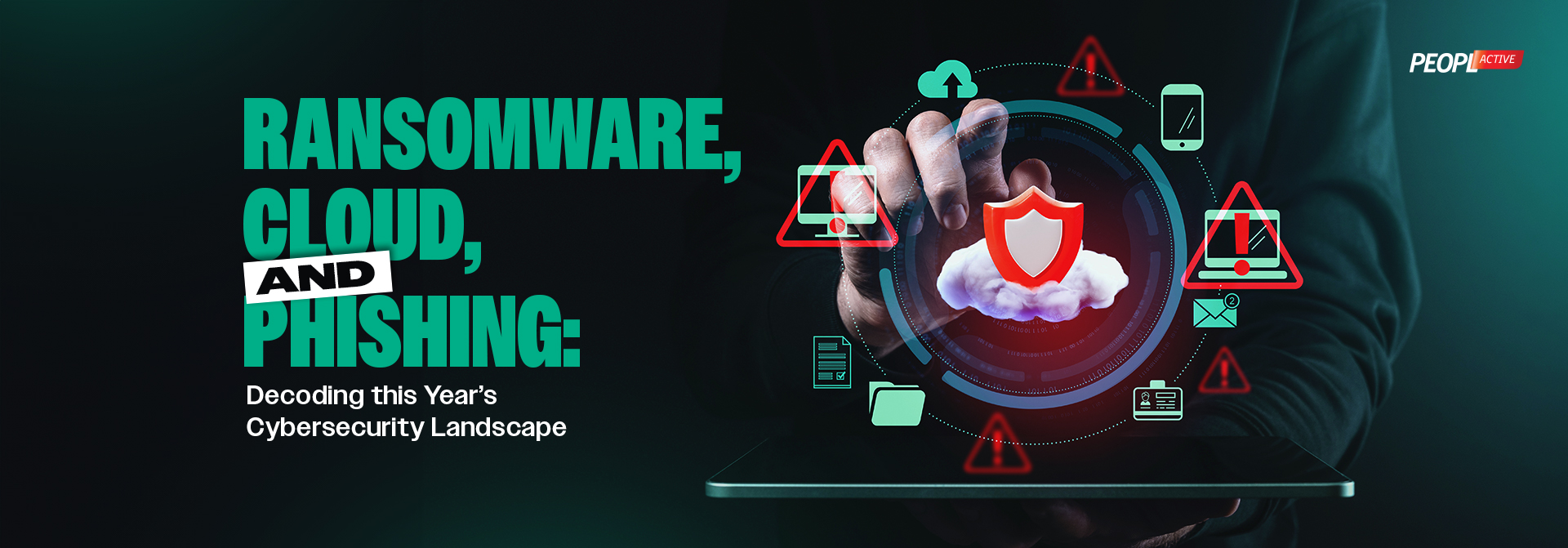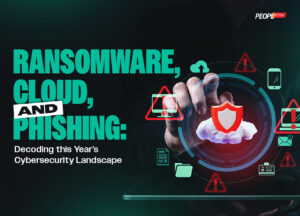

Ransomware, Cloud, and Phishing: Decoding this Year’s Cybersecurity Landscape
Introduction
The digital transformation sweeping across industries has brought unprecedented efficiency—but also unprecedented cybersecurity risks. In 2024, businesses, especially in healthcare, face escalating threats from ransomware, cloud vulnerabilities, and phishing attacks.
With healthcare cybersecurity consulting becoming a necessity and cybersecurity for medical devices gaining regulatory attention, organizations must stay ahead of emerging threats. This 3000-word guide explores the latest cybersecurity trends, their impact, and actionable strategies to mitigate risks.
The Rising Threat of Ransomware in 2024
Ransomware remains one of the most devastating cyber threats, with attackers refining their techniques to maximize damage and profits.
How Ransomware Attacks Work
Ransomware typically infiltrates systems through:
- Phishing emails with malicious attachments.
- Exploiting unpatched software vulnerabilities.
- Compromised Remote Desktop Protocol (RDP) connections.
Once inside, the malware encrypts critical files, rendering them inaccessible. Attackers then demand payment (often in cryptocurrency) in exchange for decryption keys.
The Rise of Double and Triple Extortion
- Double extortion: Attackers steal data before encryption, threatening to leak it.
- Triple extortion: Attackers target customers, partners, or regulators, increasing pressure to pay.
Why Healthcare is a Prime Target for Ransomware
The healthcare sector is particularly vulnerable due to:
- High-value patient data (PHI) that can be sold on the dark web.
- Critical operations where delays can be life-threatening, increasing ransom payment likelihood.
- Legacy systems that lack modern security protections.
Recent Healthcare Ransomware Attacks
- 2023: Hospital Chain Pays $10M After EHR Lockdown
- 2024: Major Medical Device Manufacturer Hit, Disrupting Patient Monitoring
Preventing Ransomware Attacks
To defend against ransomware, organizations should:
- Implement immutable backups (air-gapped or offline).
- Conduct regular penetration testing to find vulnerabilities.
- Adopt Zero Trust Architecture (ZTA) to limit lateral movement.
- Engage healthcare cybersecurity consulting firms for tailored Defence strategies.
The Role of AI in Ransomware Defence
- AI-driven anomaly detection can spot unusual file encryption activity.
- Automated threat hunting reduces response time.
Cloud Security Challenges in the Modern Era
As businesses accelerate cloud adoption, misconfigurations and weak access controls create new attack surfaces.
Common Cloud Security Risks
- Misconfigured Storage Buckets
- Example: A hospital’s unsecured AWS S3 bucket exposes 500,000 patient records.
- Insufficient Identity and Access Management (IAM)
- Overprivileged accounts lead to unauthorized access.
- Insecure APIs
- Attackers exploit poorly secured APIs to exfiltrate data.
Securing Cloud Environments
Best practices include:
- Enforcing Zero Trust Policies (least privilege access).
- Encrypting data at rest and in transit (AES-256).
- Continuous cloud monitoring with SIEM solutions.
Cloud Security in Healthcare
- HIPAA-compliant cloud providers (AWS GovCloud, Microsoft Azure for Health).
- Cybersecurity for medical devices connected to cloud platforms (FDA mandates).
- Third-party vendor audits to ensure compliance.
Phishing Attacks Are More Sophisticated Than Ever
Phishing remains the #1 attack vector, with cybercriminals leveraging AI and deepfake technology.
Evolution of Phishing Techniques
- AI-Generated Emails (mimicking executives with 98% accuracy).
- Voice Phishing (Vishing) using deepfake audio.
- QR Code Phishing (Quishing) bypassing email filters.
High-Impact Phishing in Healthcare
- Fake EHR login pages stealing doctor credentials.
- BEC scams tricking finance teams into wiring funds.
Best Practices to Combat Phishing
- MFA enforcement (preventing 99.9% of account takeovers).
- AI-powered email filtering (Microsoft Defender, Proofpoint).
- Quarterly phishing simulations for staff training.
The Role of Healthcare Cybersecurity Consulting
Given rising HIPAA fines and patient safety risks, healthcare organizations must invest in specialized cybersecurity consulting.
Key Services Offered
- Risk assessments (identifying gaps in IT infrastructure).
- Compliance audits (HIPAA, GDPR, NIST CSF alignment).
- Incident response planning (ransomware playbooks).
Importance of Cybersecurity for Medical Devices
- FDA’s 2023 Cybersecurity Guidelines require manufacturers to:
- Patch vulnerabilities throughout device lifespans.
- Implement secure-by-design principles.
Conclusion
The cybersecurity landscape in 2024 is dominated by ransomware, cloud threats, and phishing. For healthcare organizations, proactive measures—including healthcare cybersecurity consulting and cybersecurity for medical devices—are non-negotiable.
By adopting AI-driven Defences, Zero Trust models, and continuous employee training, businesses can reduce risk and ensure compliance.
Need Expert Help?
If your organization requires healthcare cybersecurity consulting or assistance with cybersecurity for medical devices, schedule a risk assessment today.
Kartik Donga
Founder & Strategic Defense Architect, PeoplActive
Kartik Donga
Founder & Strategic Defense Architect, PeoplActive














